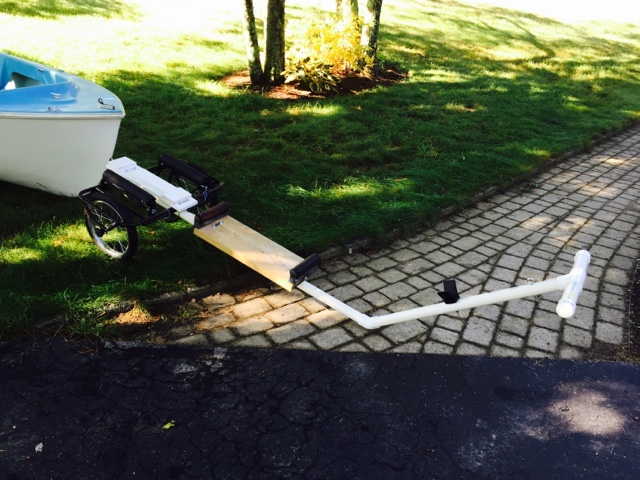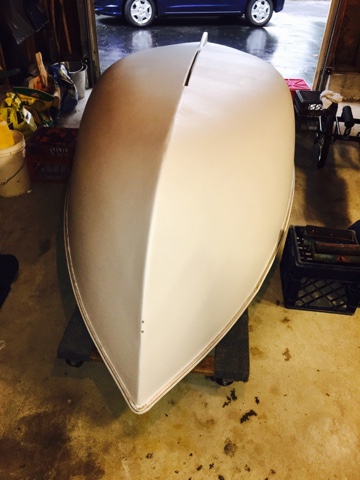A few years ago, my mother-in-law gave me her old sewing machine - a Singer 723k that was probably made in about 1960. This machine's first project was building a set of signal flags ... a kit that my wife bought me for Christmas from Sailrite. That got me started on sewing and making things for the boat, such as a boat cover for my former Stuart JC9 sailing dinghy that I no longer own.
I then started to take old sails into tote bags using a design inspired from Sailrite's YouTube channel. This led my friend Janet to offer me a better machine, an industrial Brother Exedra B40. The commercial machine needed 220v power so I purchased a Reliable 110v replacement motor, and the machine has been impressive. However, it's biggest shortcomings were twofold - it was not a walking foot machine (required for consistent stitching in heavy materials), and it only sewed straight stitch. I really needed a new machine.
Having become a big fan of Sailrite, I had been watching this machine for a few years now. Finally, I decided to take the plunge on an LSZ-1 package. They were having a 10% off sale, which was enough for me to go ahead and order one.
It arrived yesterday, and has just about the best packaging I have ever seen in a product. The setup instructions were clear, and they even included a DVD to back up the instructions. Everything was there including a spool of V-92 thread. I actually used it last night to finish a tote back I had started with the Brother. I sure do like having zig-zag stitching in my arsenal.
Stay tuned to this site for more project posting. I have a backlog including tote bags to see at a craft fair, new sheet bags for the Catalina, a cover for my generator, and some more sail repairs.


















































